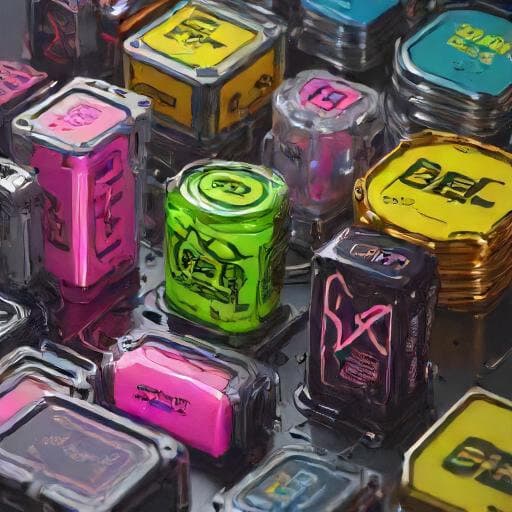
Features, Labels, and Hypothesis in ML
Machine learning is broken down into 4 types, supervised, unsupervised, semi supervised, and reinforce learning. For the purpose of this post we will be focusing on supervised learning. Supervised learning is also broken down into two types of problems, regression, classification
Typically when we are trying to frame / solve a machine learning problem we require a few things, some of which are, the features, labels, and hypothesis of our problem,
Features (X) are basically the relevant data that we can use to make a prediction about something. For example, lets say if we want to use AI to make a prediction about weather of not someone is sick, some features / inputs to make that prediction would be, the persons age, weight, gender, family history, symptoms, we can use this information to make a classification of if the person is sick of not (binary classification). Another example is if we are trying to make a prediction about what the value of our car will be if we try to sell it. Some features of this problem would be the model, make, miles, color, condition of the car.
Labels (Y) are the basically the predictions that are derived from the features. Its what we want to predict for the given data instance. In a case of binary classification (if a person is sick / not sick) the label. In the case of a linear regression (the price of a car) the label is the amount the car sold for.
The Hypothesis (h) is the function / algorithm that we pass the features into to get the labels. The hypothesis is the program that is learned form the data. (our prediction). In order find the most accurate prediction we can pass our features (X) through many hypothesis (h) to yield the most accurate label (y).
